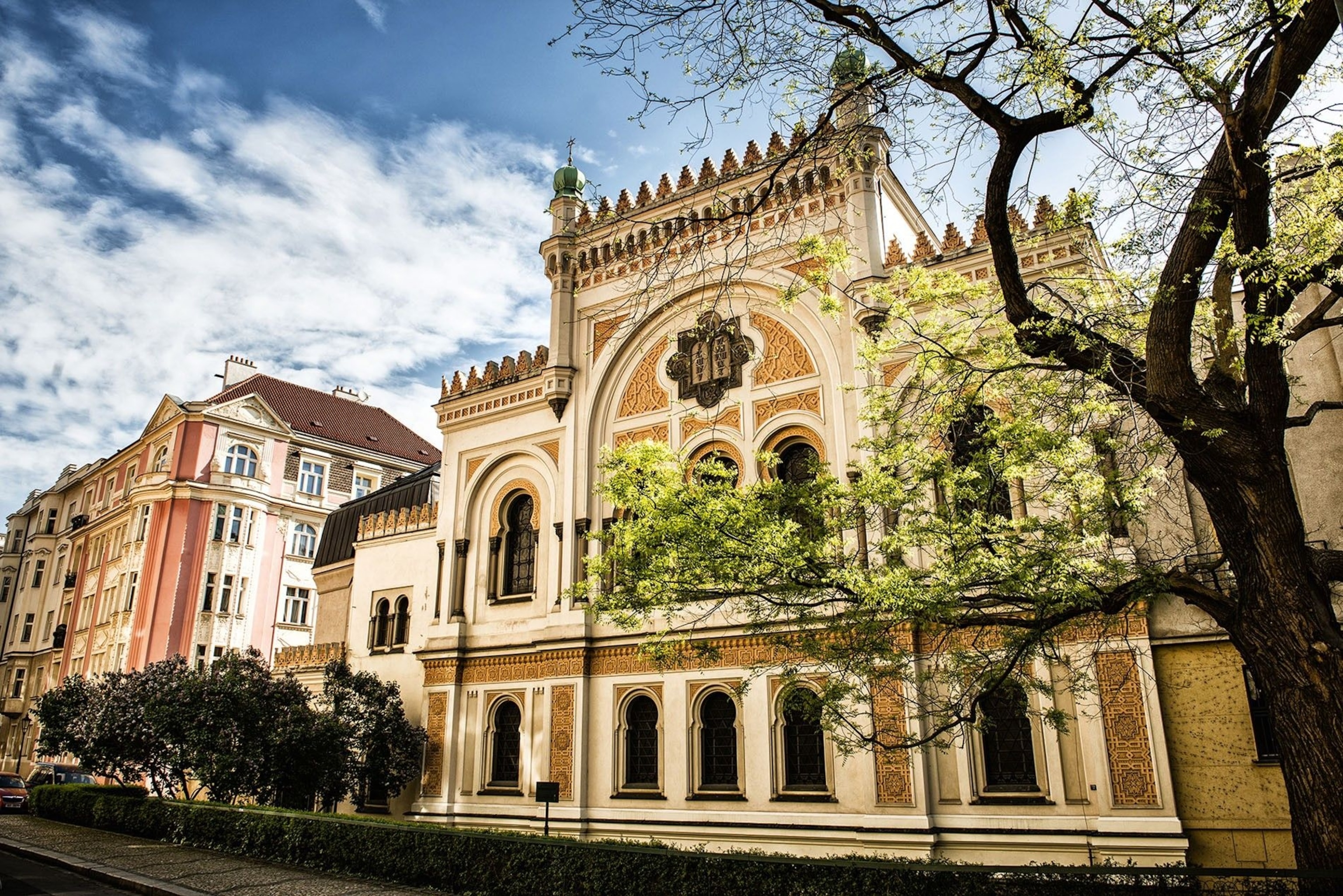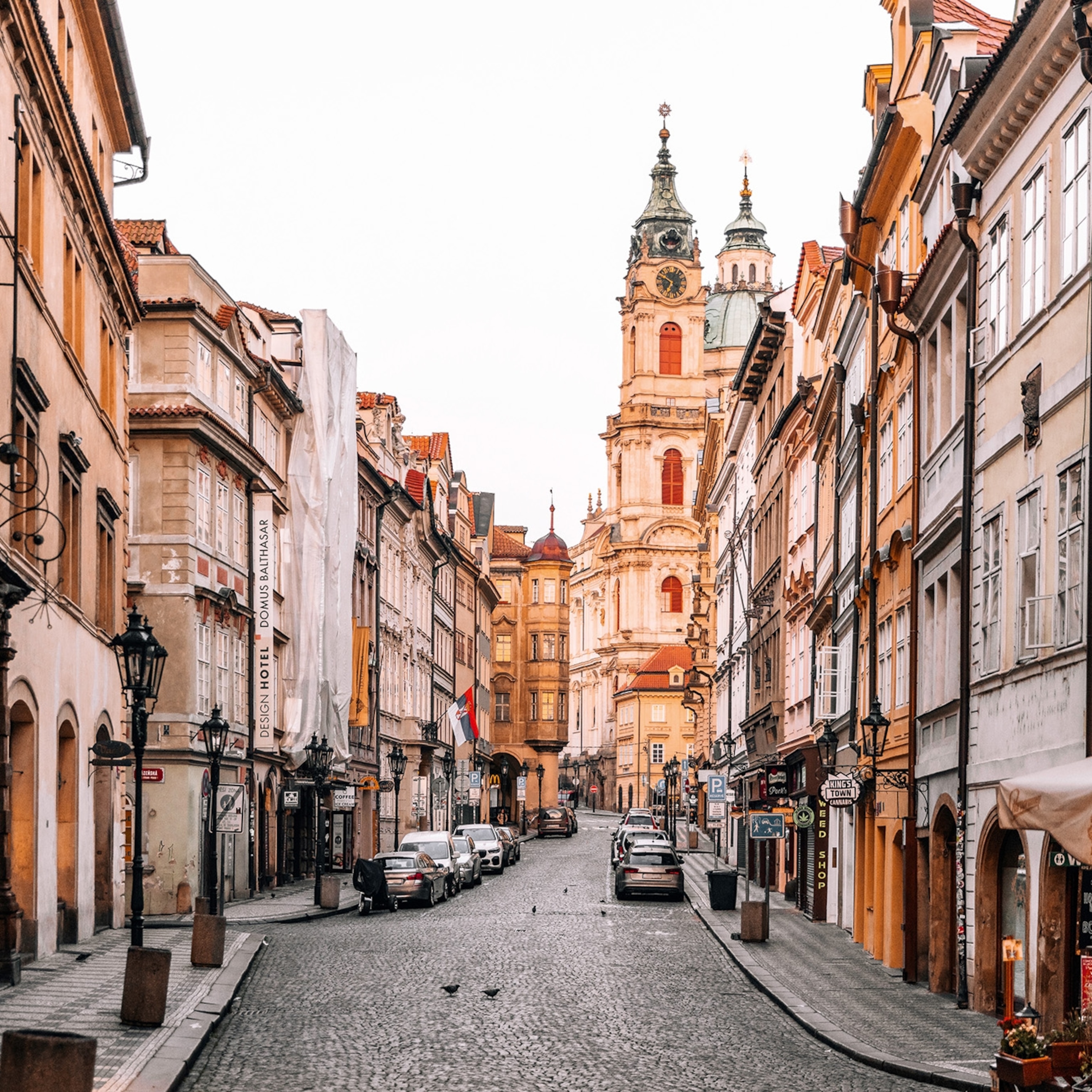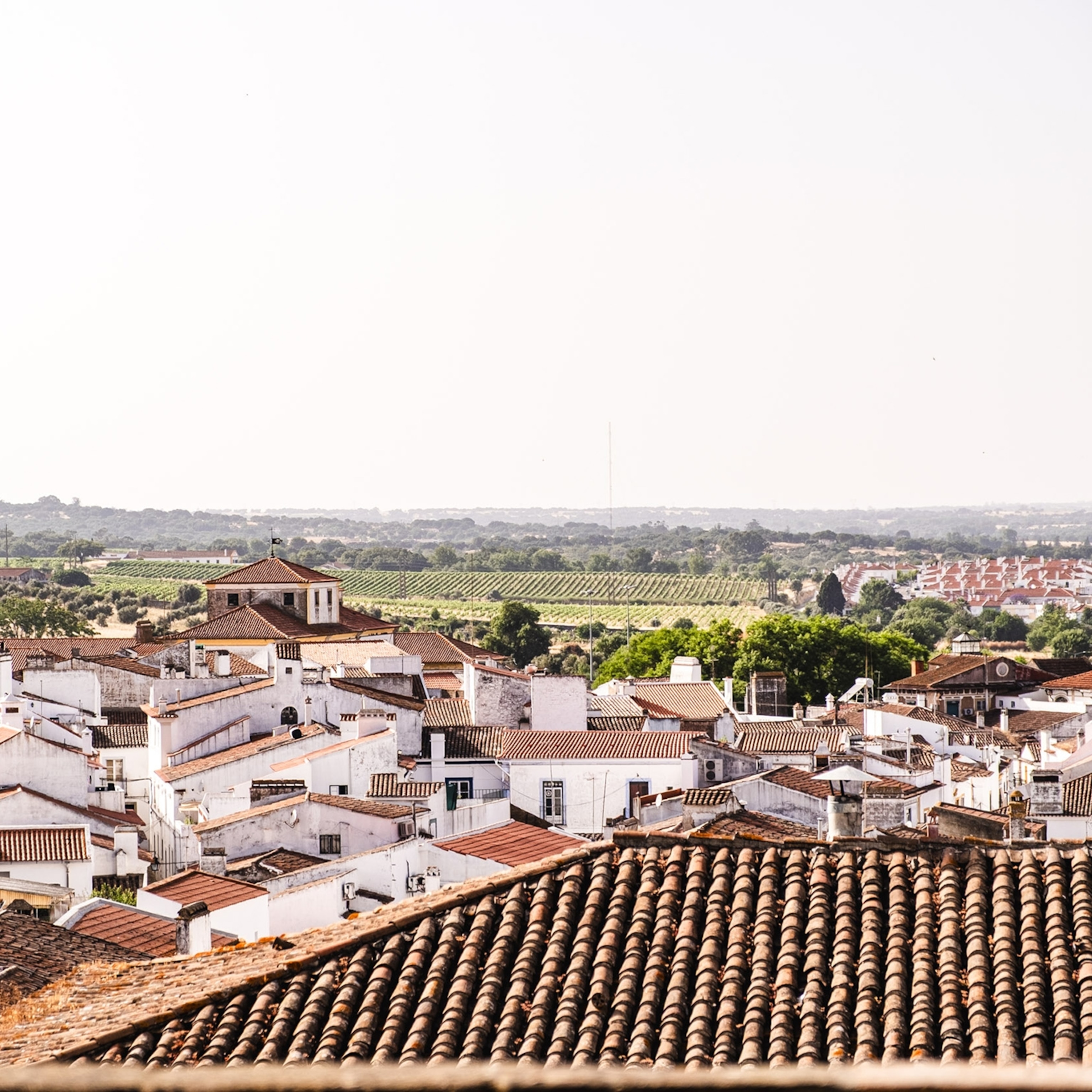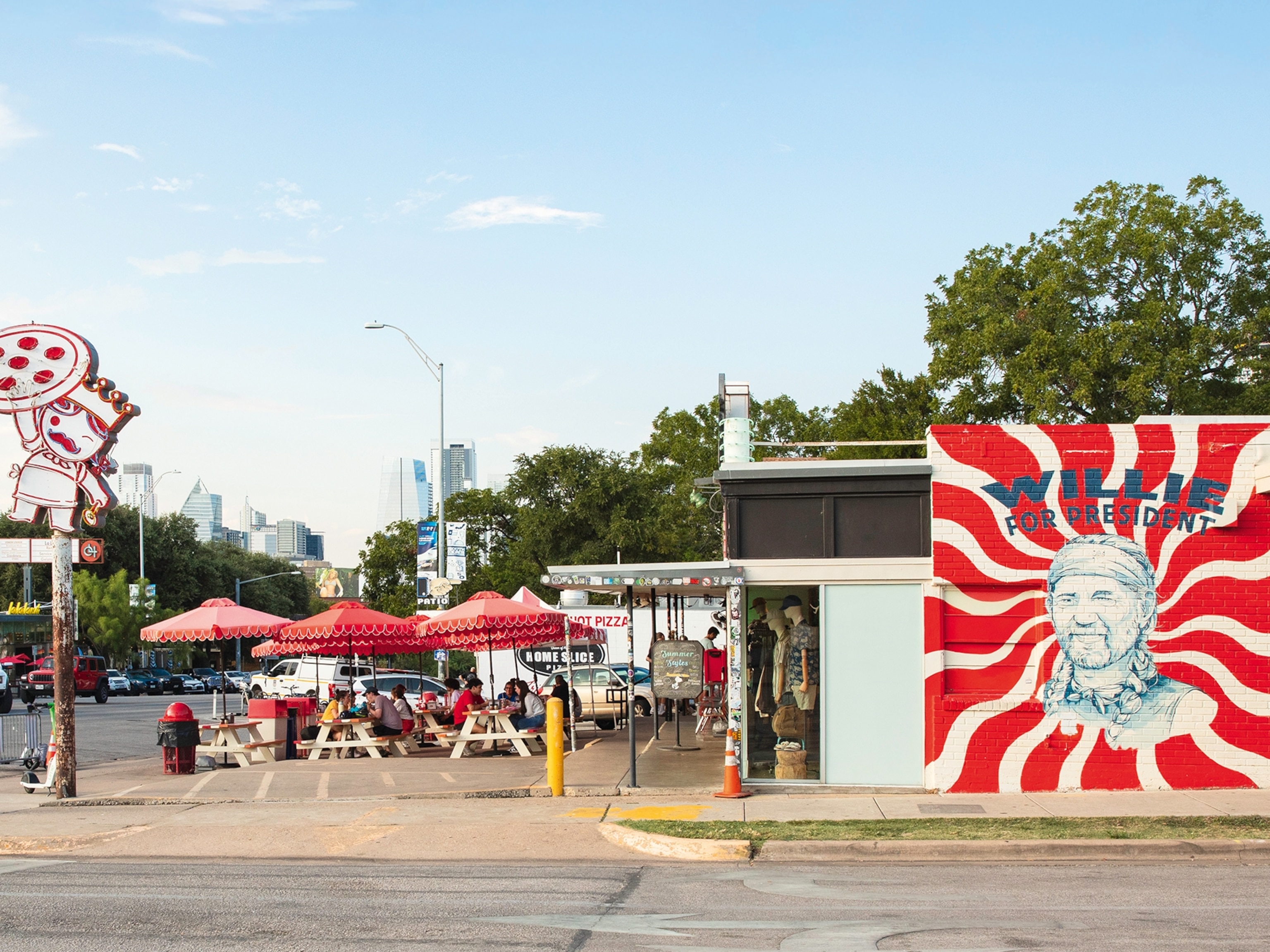
The neighbourhood guide to Prague
From the edgy bars cropping up along the regenerated riverfront to the historic monuments of the former Jewish Quarter, getting off the beaten track reveals another side to the Czech capital.
The fall of the Iron Curtain and the rise of budget airlines was a transformative twin hit for Eastern European city breaks, and nowhere felt the benefit more than Prague. The Czech capital already had the fairytale castle, medieval streets and an A to Z of architecture — and from the mid-1990s onwards it enjoyed an explosion of visitors eager to lap it all up. But while the tourist hotspots can become overwhelmingly busy during July and August, genuine local character still remains in neighbourhoods a few footsteps away. That character may be changing as the city settles into the 21st century, but in the likes of Karlín and Vinohrady, it’s the locals that are driving the change. In Josefov, on the other hand, the influx of travellers has helped preserve fragile traditions once almost lost forever.
Karlín
The riverside stretch of Karlín feels like it should be the sort of soulless dockland development that cities all over the world try and fail to pitch as cool. The office complexes of River City are showpiece stone-and-glass affairs; and the residential blocks next to them are carrot-like with their deep orange walls giving way to ostentatious green roof gardens. The park here is a scrappy, scrubby affair, with occasional bizarre sculptures, like a tower formed of upturned bathtubs. And yet there’s a welcoming vibe to the whole area. As I explore, the loud guitar crunch of a stoner rock band acts as a siren call.
It turns out to be the nightly turn at Přístav 18600, a delightfully ramshackle scrapper of an open-air bar, where beer is served out of a shipping container, there’s a big queue for hotdogs, and tyre swings are strung up from the trees. In the playground, a young couple sits on concrete pipes that, for some unfathomable reason, have had periscopes attached to them. Dogs and pushchairs are in liberal supply, a sign of what Karlín is becoming.
Karlín used to be deflated and forgotten, never quite achieving the status of being edgy. And when the great floods of 2002 caused carnage, it should have been a death knell for the neighbourhood. Instead, the disaster kick-started a rejuvenation. River City is the most obvious example of this, but old industrial sites got a makeover too. Forum Karlín, a former steam boiler factory turned concert venue, is one of the most dramatically impressive.
There’s now a renewed appreciation throughout Prague for Karlín’s long-overlooked merits. Its location, next to the New Town and the Vltava river, helps. The streets are lined with proud-but-elegant art nouveau buildings, and the twin-spired Church of Saints Cyril and Methodius in lawn-covered Karlínské Square is an absolute stunner. As a result, cool cafes, bistros and wine bars have popped up. Luckily, the neighbourhood is still more soul than scene-y, and nowhere is this more apparent than Kasárna Karlín.
This gigantic former barracks has been transformed into an impressive cultural hub, with galleries and studios in the upper tiers. The huge courtyard is home to outdoor movie screenings, photography exhibitions, a beach volleyball court and some tremendously weird art installations — including one of a podgy unicorn on a rusty plinth. This place symbolises the battle for Karlín’s future: the three-year lease was up in March. Will it be allowed to continue, I wonder, or will the barracks be sold for big money development?

Vinohrady
“I was here two days ago with some very picky eaters and we ordered your chicken — it was the best meat we’d had in Prague. I wonder if you also sell cuts?” an eager customer says, bursting into Mikrofarma bistro. That’s the sort of unprompted recommendation you want to hear when you sit down to eat. Mikrofarma, I discover, is an oddity. You can point at any cut of meat on display and a chef in the small adjoining kitchen will cook it for you. It started life some years back as a butcher’s, and now also has shelves full of chutneys, pickles and other deli products. It’s a tiny place, but so are many of the other joints in Vinohrady. They defy the pork-and-dumplings stereotype of Czech cuisine: small ramen, pho and craft beer places have found a home amid Vinohrady’s more characteristic sea of coffeeshops.
It’s those sprinkles of innovation that prevent Vinohrady slipping into moneyed-but-idle pastiche. The area was absorbed into Prague in 1922, during a boom period for the city. The upper middle classes chose to live there, and this continued under communist rule when Vinohrady was eyed with suspicion as a bourgeois hotbed.
Walking in from neighbouring districts, the change is immediately obvious. Trees suddenly line the streets and buildings go from mousy affairs given a lick of paint to showily proud. Balconies become big, jutting statements, and the decorations on the walls and roofs become fiercely competitive.
Most of these late 19th-century status symbols were built in the Romantic style, which pilfered the best bits from trends of centuries gone by. The same block can have elaborate neo-gothic, neo-Renaissance and neo-baroque efforts, each fighting for attention with frippery. None are more brazen than the Vinohrady Theatre, though, which is topped by two angel statues boasting extravagant wings. It’s a perfect symbol of the district — a thirst for culture married to a lack of concern about displaying wealth.
Rich but broadly tasteful is the vibe, and that also applies to the cafe around the corner. Dolcemente oozes presentational drama. Inside, dried hams hang from the ceiling; outside, the door and window arches are outlined with flowers. But its focus is precise: stunning Italian-style cakes, porchetta sandwiches and blackberry or tiramisu gelato. Again, it’s a brave concept idea that probably wouldn’t work elsewhere in Prague. But Vinohrady embraces the finer things in life.

Josefov
The Spanish Synagogue doesn’t look much like a synagogue — the Moorish arches and keyhole windows feel like they belong to an Andalusian mosque. It’s completely out of place — but that’s in keeping with what the city does best. “Prague is an encyclopaedia of European architectural styles, even through to the 1970s brutalist hotels,” says Bonita Rhoads, co-owner of the Insight Cities tour company, “and this district proves this.”
To the untrained eye, the neighbourhood of Josefov seamlessly blends into the Old Town. There are no longer walls hiving off the former Jewish ghetto. They were removed in the mid-19th century as the area’s dishevelled laneways were replaced by wider, prouder city streets, and Prague’s Jews were integrated into city life.
But the historic Jewish burial hall, cemetery and several synagogues remain, and for bleak reasons. While systematically wiping out the Jewish population, the Nazis decided to keep Josefov as a museum to an extinct race. In doing so, they brought in Judaica from across Europe. Much of it — more than 100,000 books, silver treasures, embossed Torah mantles and other artefacts — is still there. Today there’s a museum covering several key buildings — a monument to the horror of the atrocity and the lives of the victims.
A small Jewish community lives in Prague today and the hugely atmospheric, 13th-century Old-New Synagogue is still the main religious centre. Other places of worship in the area have been repurposed. Of these, the Pinkas Synagogue provides a thoroughly haunting gut-punch. Its walls are covered with the names of the 77, 297 Czech Jews killed in the Holocaust, all listed with date of birth and the last known date they were alive. Upstairs, a room is covered in pictures drawn by children while inside the Terezin concentration camp and ghetto.
But despite the glut of souvenir stalls, kosher restaurants and clutch of monuments, the big surprise of Josefov is how little it feels defined by its previous ghetto status. It provides an impressive concentration of Prague art nouveau wonders, with the grand five-storey apartment blocks covered in ever more elaborate statues, swirling plant motifs and orientalist fantasies. Visitors come to Josefov for a simple, dark and well-known narrative, but discover the story is full of complicated tangents.
When in Prague
Tank & Craft beer
Tank beer — poured unfiltered and unpasteurised from copper tanks — is as fresh as it gets. Look for the words ‘z tanku’ on menus and pub exteriors. Craft beer has taken a little longer to catch on, but an increasing number of bars stock them.
Ice hockey
Football is the main sport in the Czech Republic, but ice hockey runs it a close second. During winter, top local team Sparta Praha plays at the Tipsport Arena, with tickets very reasonably priced. tipsportarena-praha.cz
Garnet
If you want trashy souvenirs, then you’re in luck — Prague has plenty. If you want something genuinely good with a local twist, then jewellery made from garnet is a strong bet. Look for jewellers just off the main tourist route through the Old Town.
Gardens
In the busier chunks of Prague, there’s often glorious respite to be found in small, often walled-off gardens. They’re particularly prevalent in Malá Strana.
Czech wine
A surprising amount of wine is made in the Moravia region in the east of the country. Very little makes its way over the borders, but key varietals include Svatovavřinecké and Frankovka (red) plus Müller-Thurgau and Grüner Veltliner (white).
More info:
Prague City Tourism. prague.eu
Czech Tourism. czechtourism.com
Published in the May/June 2020 issue of National Geographic Traveller UK
Follow us on social media
Twitter | Facebook | Instagram







